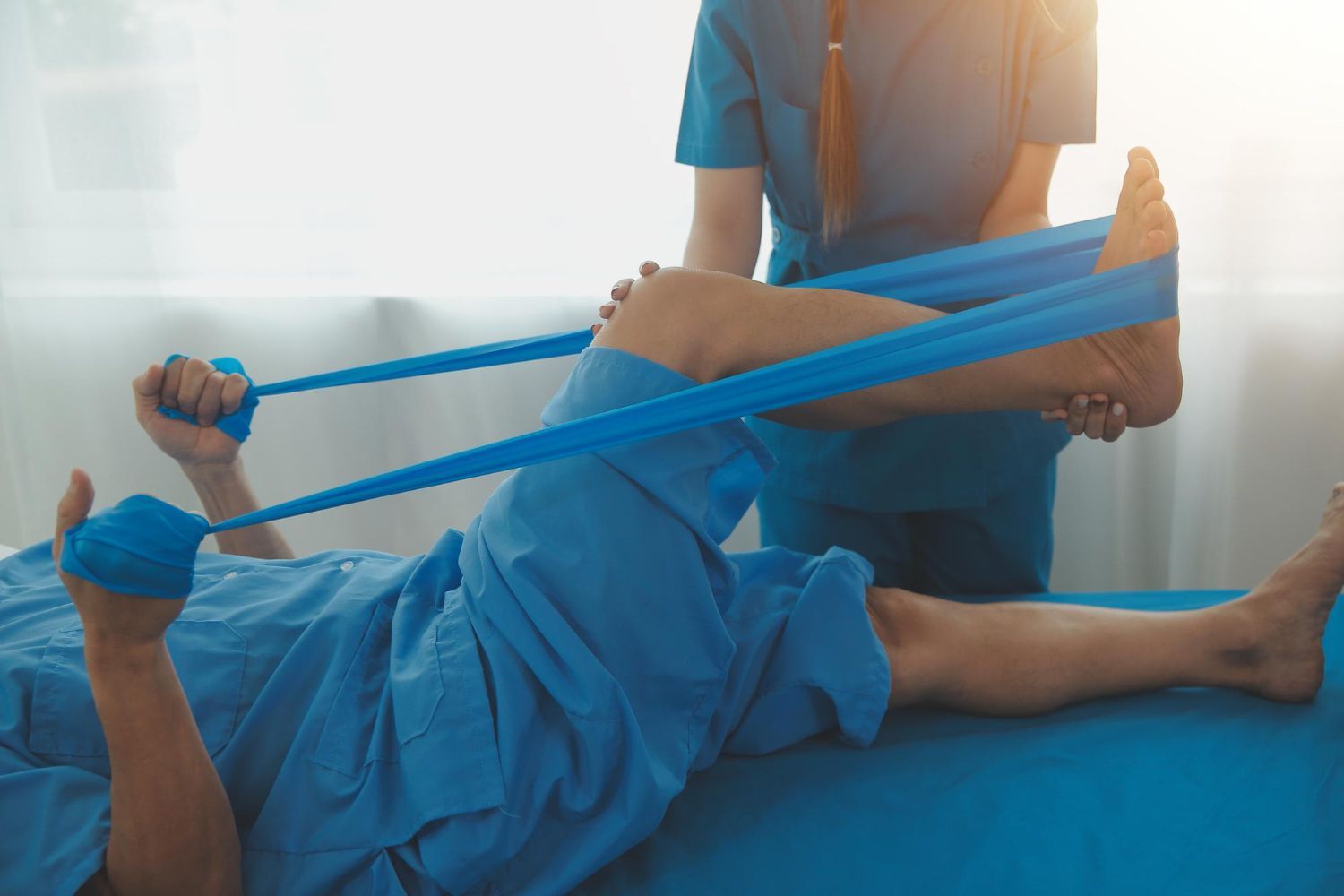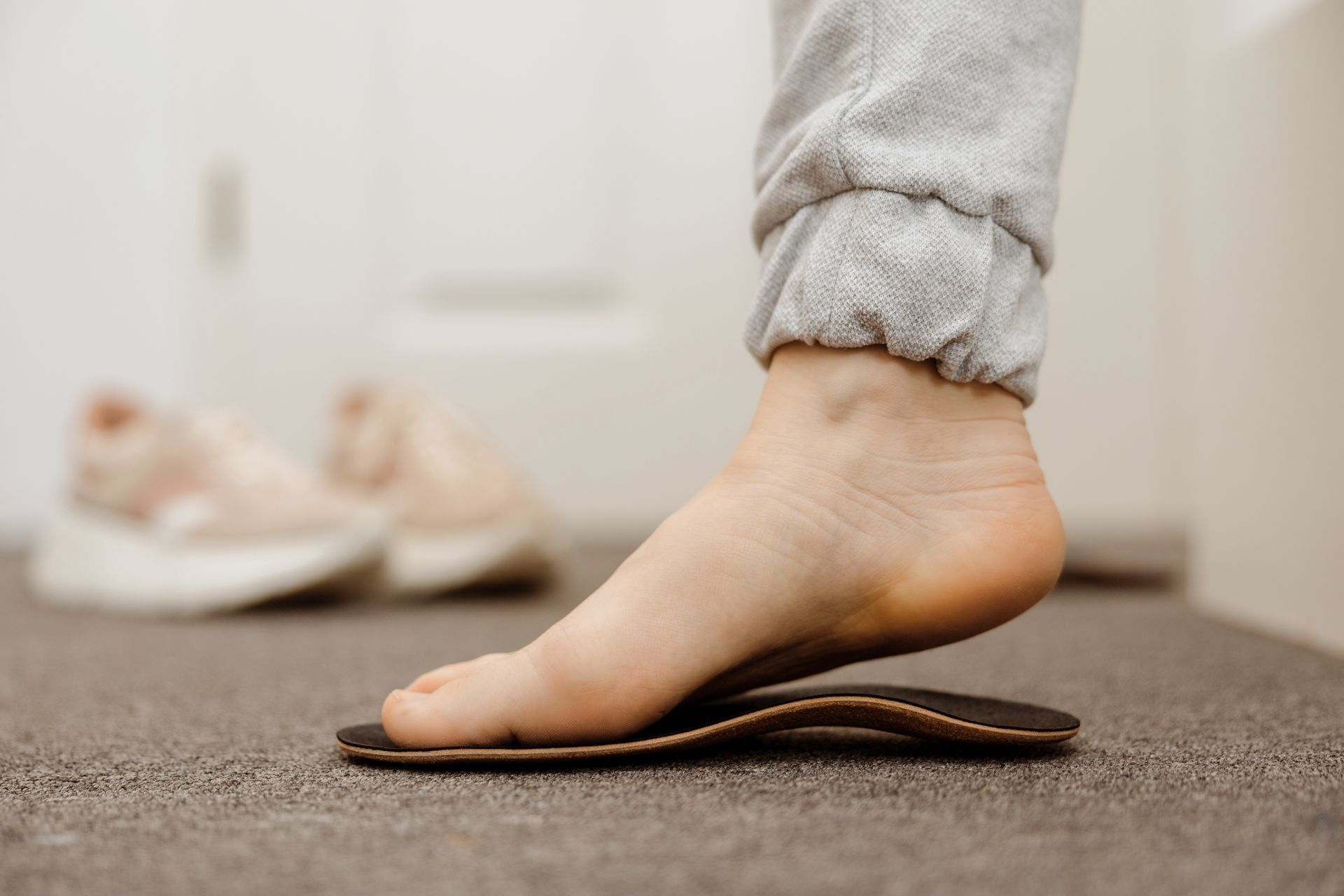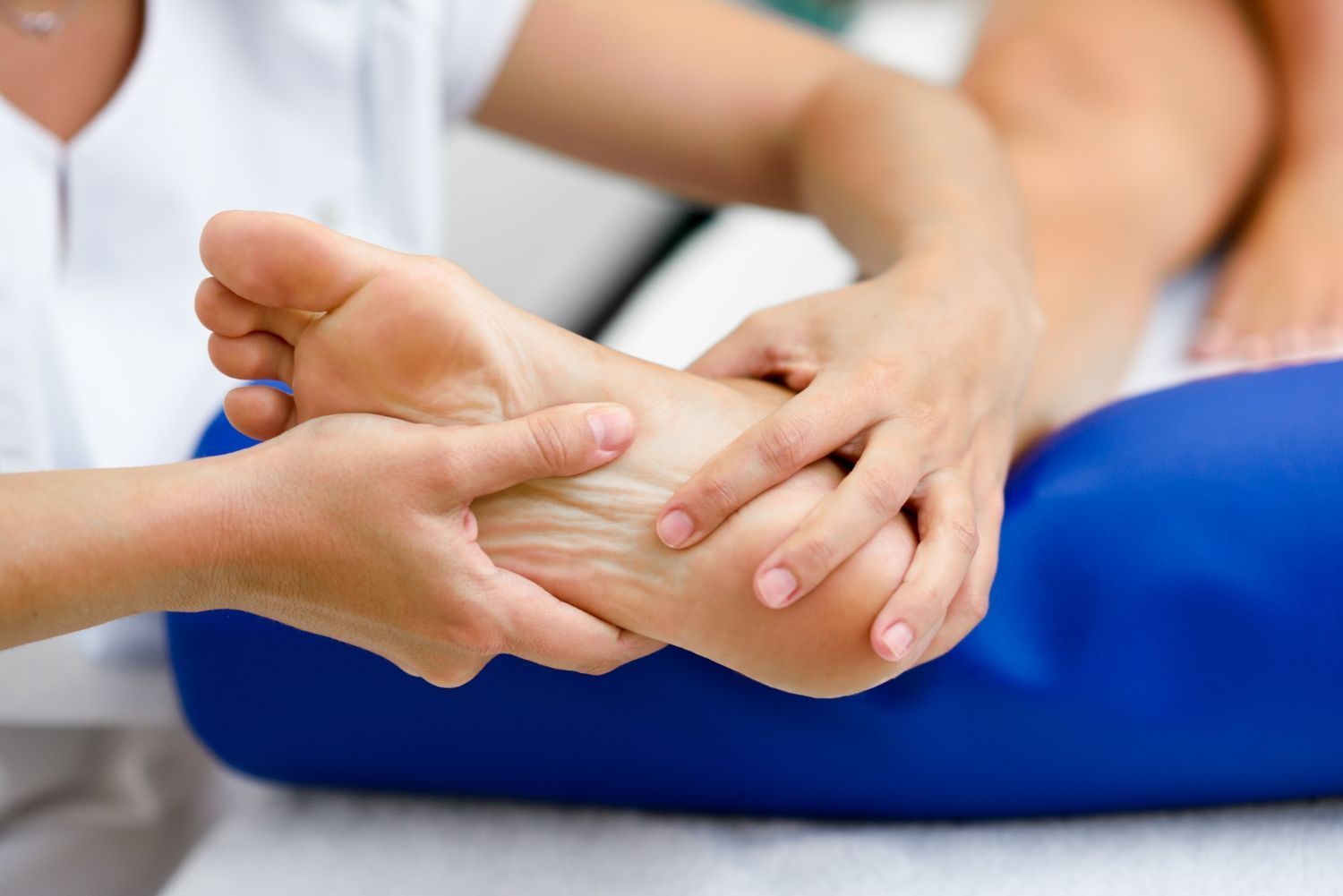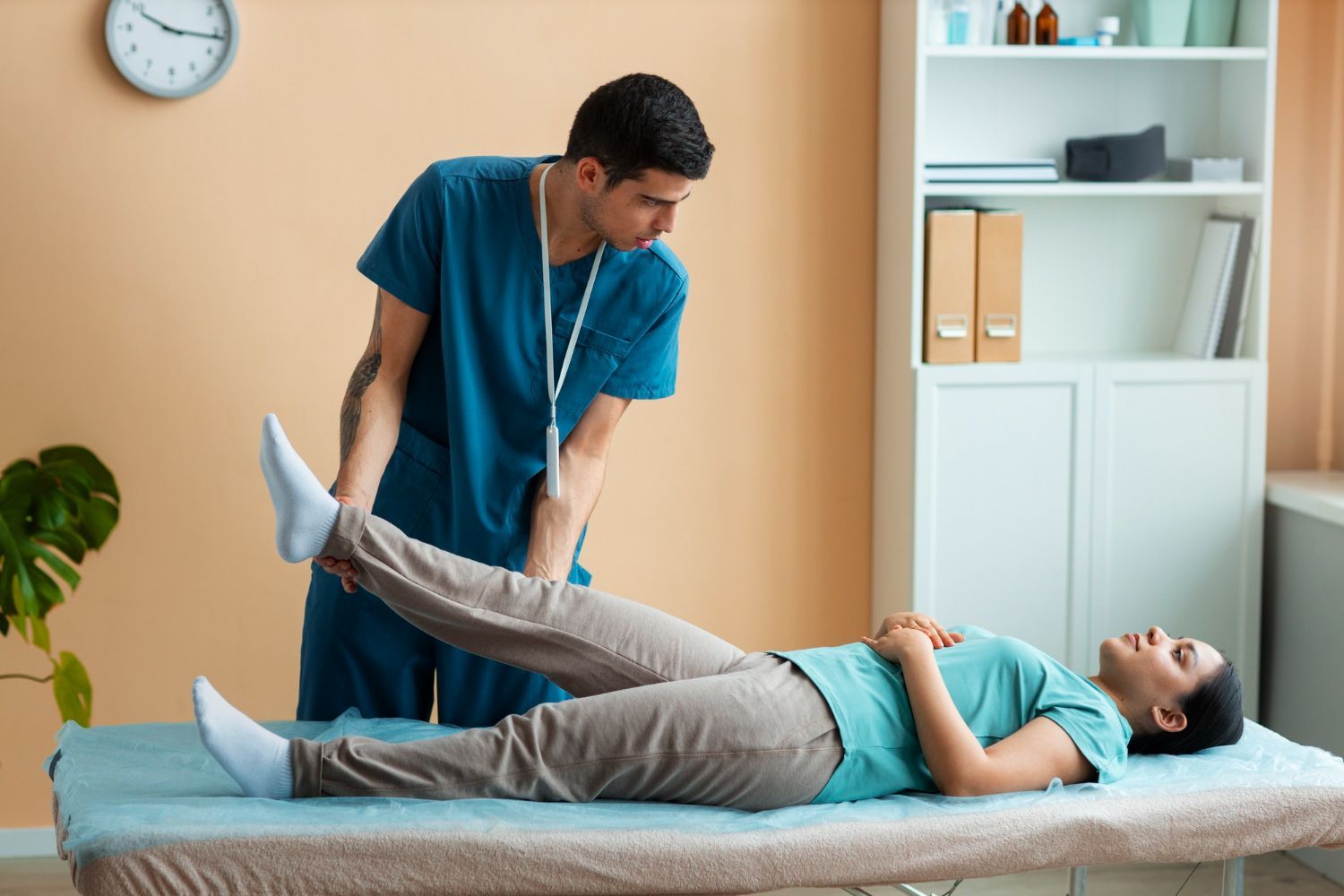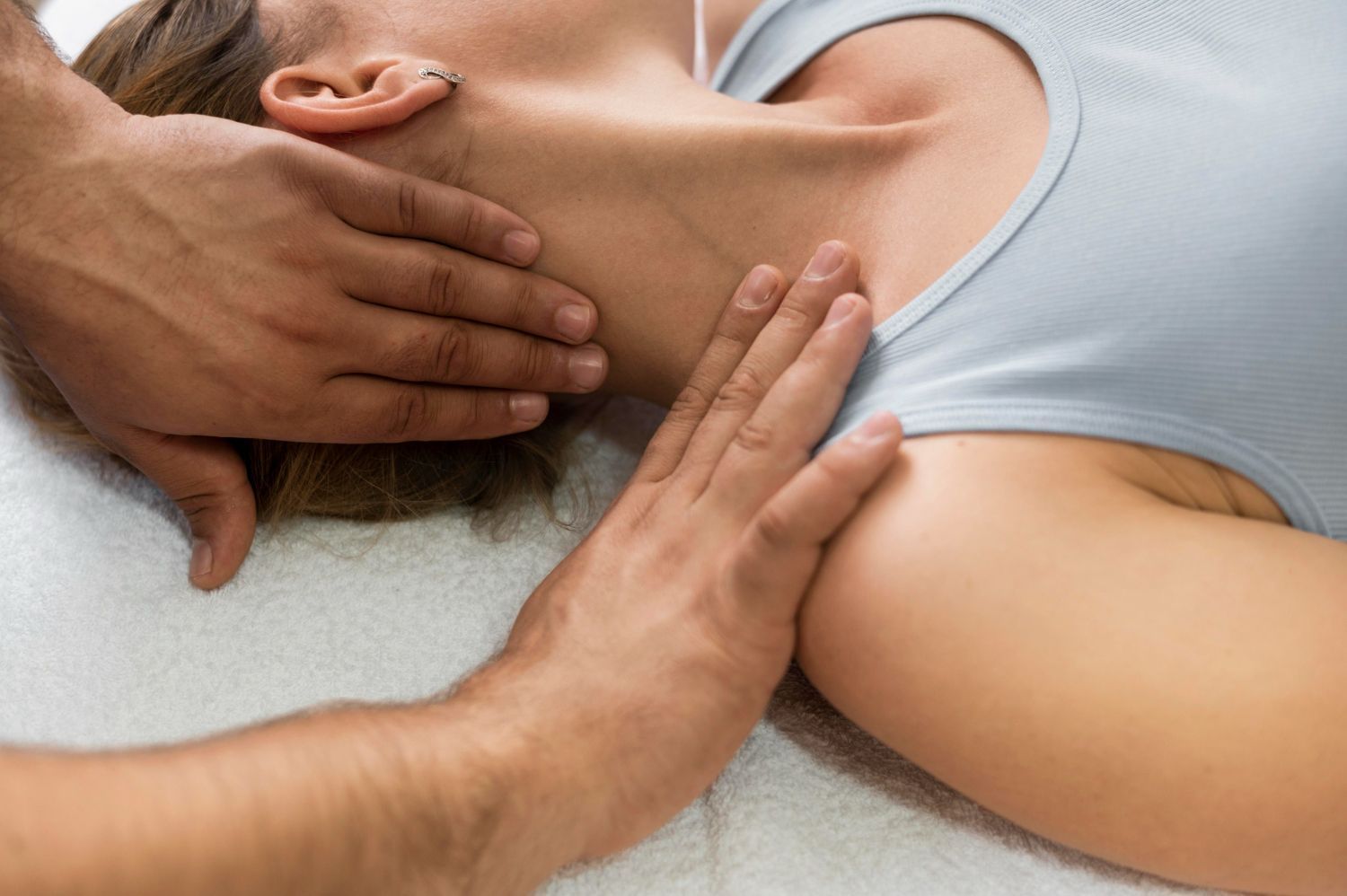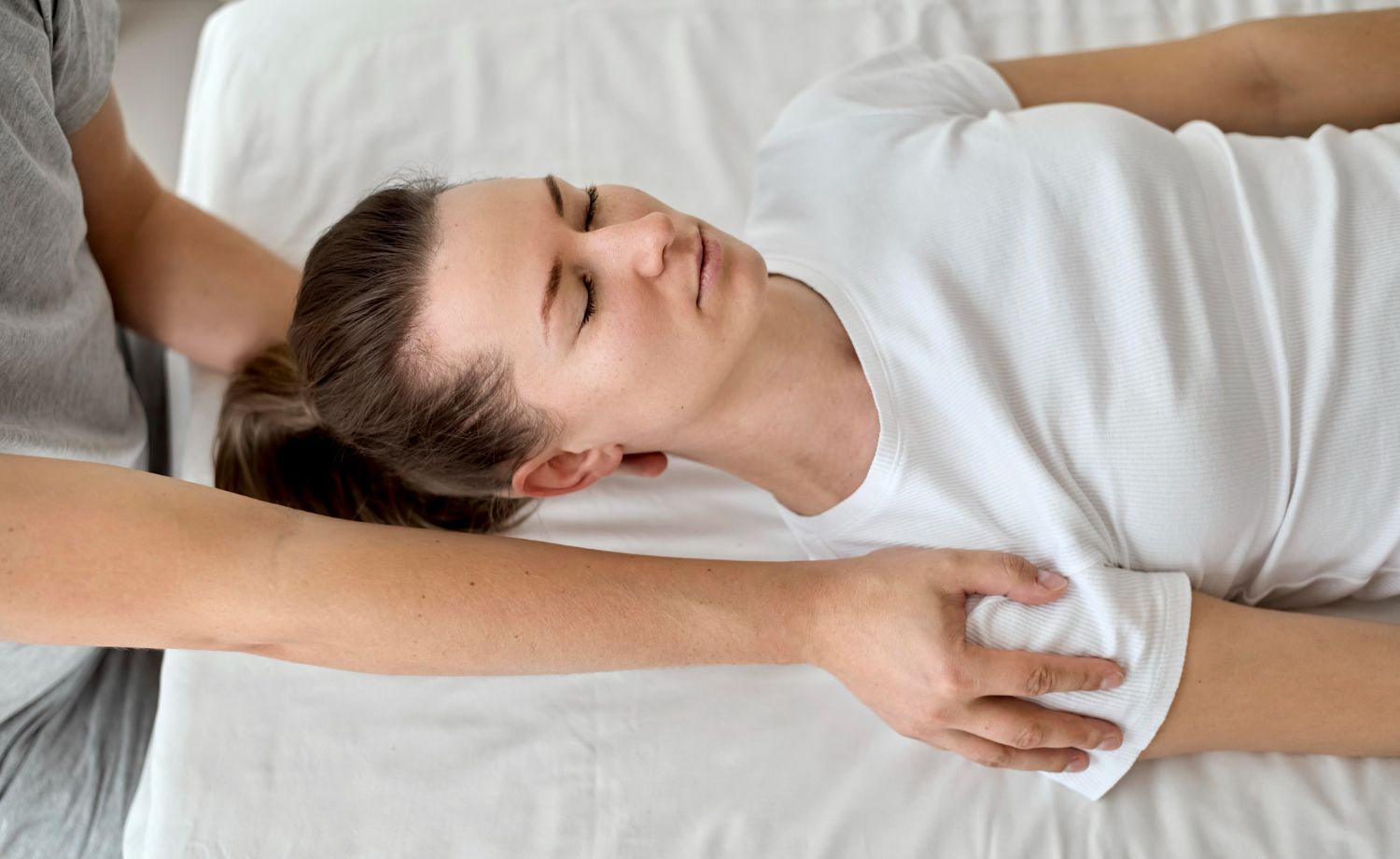Health and Wellness Blog
Explore our insightful blogs, offering expert advice and practical tips. Dive deeper into services that benefit you most. Enhance your knowledge and stay informed with our well-researched, informative articles. Explore today and uncover valuable insights.
